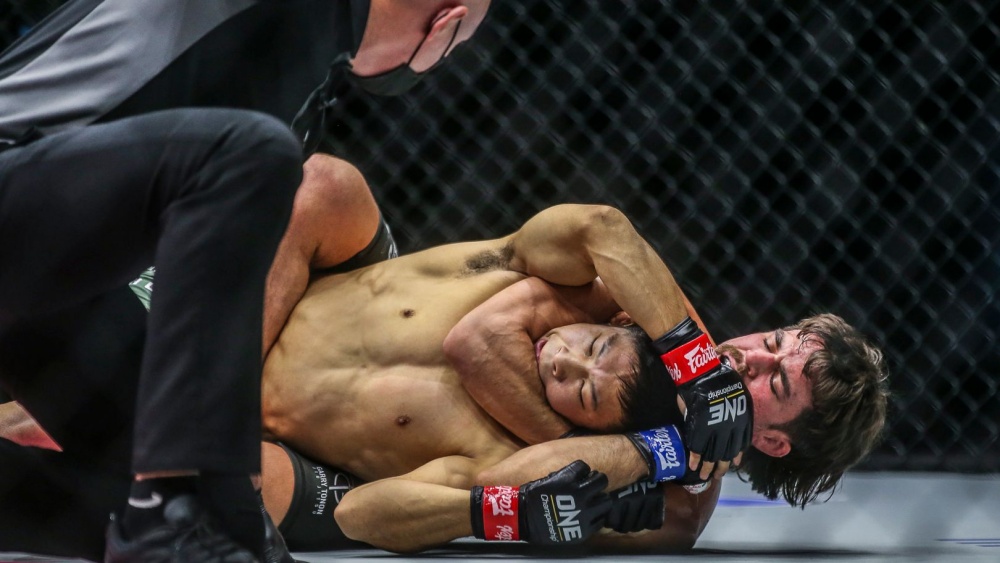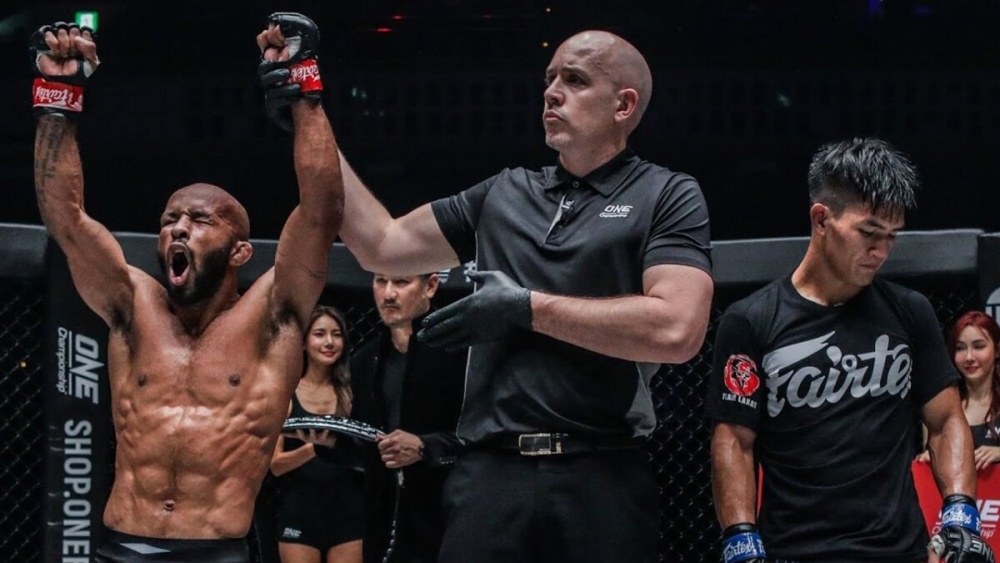When you watch an MMA event, you’ll often hear that a fighter has a background in folkstyle wrestling. Some newer fans know what wrestling is, but not exactly what folkstyle wrestling is.
That is why we made this write up going over the sport of folkstyle (collegiate) wrestling. Going over how this style of wrestling was developed and the rules of the sport.
What is folkstyle wrestling?
Folkstyle wrestling or collegiate wrestling is the style of wrestling that is primarily practiced in the US. It is the style of wrestling used with college, high school, and youth wrestling.
Every top American MMA fighter with a background in wrestling has participated in this form of wrestling in their lives.
The history of folkstyle wrestling
The development of folkstyle (collegiate wrestling) began 300 years before the style was developed in American universities. European settlers that practiced various types of wrestling settled in North America. Even native Americans practiced their own style of wrestling.
These groups of people would routinely have contests within their settlements.
Wrestling becomes a spectator sport
By the 18th century, many of the best wrestlers from these different styles would begin competing against each other. Creating competitions and agreeing upon different rule sets.
Wrestling was becoming a spectator sport that was among the most popular sports to watch during this time. Even many of the US presidents were accomplished grapplers that practiced early folkstyle and catch wrestling.
The first folkstyle wrestling meet
By the 1900s, wrestling had become a sport that was quickly growing in cities throughout the US. Especially in the midwest and northeast regions, where they were the most competitive.
In 1903, the first dual meet between Yale and Columbia University was held under an early set of folkstyle rules. After this event, the first college wrestling tournament was held in 1905 by the Eastern Collegiate Wrestling Association.
Soon universities from all over the country began adding wrestling teams at their schools. Then in 1930, there were enough college wrestling teams for the NCAA to hold the first national championship wrestling tournament.
It would become the most popular form of wrestling in the country. High schools and youth wrestling would also adopt the same rulesets that were used in college.
Today, folk style (collegiate wrestling) is still the most popular form of wrestling in the country. Thousands of spectators flock to see the biggest tournaments of the year during wrestling season.
Folkstyle wrestling format
The format of a folkstyle wrestling match is broken into three periods. The first period is three minutes long, while the last period is two minutes long.
- First Period: Wrestlers start from a neutral position, where both competitors start from standing. They will try to take the other down and score as many points before time expires.
- Second Period: In the second period, each wrestler is given their choice of where they want to start the match. If there is no pin, technical fall, or DQ, the match will continue into the third period.
- Third Period: Same format as the second period. The only difference is the other wrestler gets to choose the starting position.
Folkstyle wrestling rules
- To pin an opponent you must hold their shoulders to the mat for two seconds.
- You can only lock your hands together when trying to go for a pin, but not while riding.
- Another way to end your match early other than pin or technical fall is technical superiority. Gaining a 15 point lead on your opponent.
- You can lose a point by stalling or fleeing the mat after a ref’s warning.
Folkstyle wrestling point system
- Takedowns(All Takedowns): 2 Points
- Near Fall: 2 points for a hold at 2-4 seconds and 3 points for a hold of 5 seconds. All holds must be held at a 45 degree angle.
- Escapes: 1 Point
- Reversal: Points
- Technical Superiority: 15 Points
Ways to win in Folkstyle wrestling
- Pinfall
- Technical Fall
- Technical Superiority(15 points)
- Points
- Judge’s Decision
- Disqualification
- Default
Folkstyle wrestling weight classes
Men’s weight classes:
- 125 lb (56.9 kg)
- 133 lb (60.3 kg)
- 141 lb (63.9 kg)
- 149 lb (67.58 kg)
- 157 lb (71.2 kg)
- 165 lb (74.84 kg)
- 174 lb (78.9 kg)
- 184 lb (83.4 kg)
- 197 lb (89.3 kg)
- 285 lb (129.2 kg)
Women’s weight classes:
- 105 lb (47.6 kg)
- 112 lb (50.8 kg)
- 121 lb (54.8 kg)
- 130 lb (58.9 kg)
- 139 lb (63 kg)
- 148 lb (67 kg)
- 159 lb (72 kg)
- 200 lb (90.7 kg)
The difference between folkstyle and international wrestling styles
There are some big differences between collegiate (folkstyle) wrestling and international wrestling styles like freestyle and Greco Roman. Here are some of the biggest differences between these styles of wrestling.
Exposure points
To be awarded exposure points in folk wrestling, the rules are different from freestyle wrestling. One shoulder must be on the mat, while the other is forced to the mat at an angle of 45 degrees. This position must be held for 2-5 seconds to be awarded points.
De-emphasis on throws
In folkstyle, wrestlers are de-emphasized from doing throws or any type of maneuver where their opponent is lifted off their feet. What is more emphasized is the control and dominance on the mat.
Points for takedowns
All takedowns in folkstyle no matter how perfect are all 2 points. In Greco or freestyle wrestling, a wrestler could earn 2-5 points depending on how good their takedown was.
Pins
To win by pin in folkstyle wrestling, a competitor must hold their opponent’s shoulders to the mat for 2 seconds. In freestyle and Greco Roman wrestling, you only have to hold a pin for one second.
Is folkstyle(collegiate) wrestling effective in MMA
MMA fighters with folkstyle(collegiate) style wrestlers are among the most successful fighters in MMA. They prove that you must have wrestling abilities in order to be successful in the sport.
There have been more collegiate wrestlers that have been MMA champions than fighters of any other background.
Notable MMA fighters with folkstyle wrestling backgrounds
The list could go on and on if we list every high level MMA fighter with a background in folkstyle wrestling. So, we’ll just list some of the most notable fighters that have folkstyle wrestling backgrounds.
- Ben Askren: Ben Askren was one of the most highly touted folkstyle wrestlers before entering MMA. He won two major MMA championships before retiring due to hip issues.
- Daniel Cormier: Daniel Cormier was a six time US national champion before transitioning into MMA. Using his wrestling ability to become one of the greatest MMA fighters of all time.
- Phil Davis: Phil Davis was a national college wrestling champion in folkstyle before going into MMA. He fought in the UFC and is the former Bellator Light Heavyweight Champion.
- Kamaru Usman: Kamaru Usman was a national champion wrestler before becoming the reigning and defending UFC Welterweight Champion.
- Matt Hughes: Matt Hughes is considered one of the greatest welterweight fighters of all time. Showing the importance of knowing wrestling in MMA as he won multiple welterweight titles.
- Chris Weidman: Before Chris Weidman became the UFC Middleweight Champion, he placed second at the NCAA Championship in 2010.
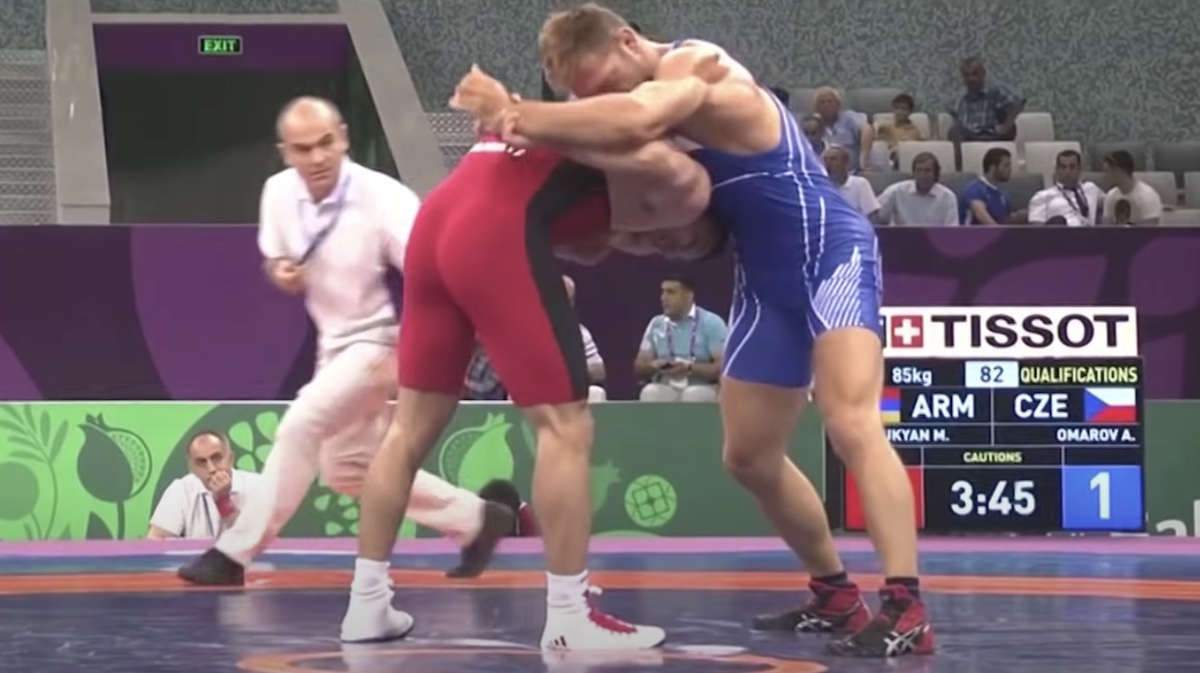 Greco Roman wrestling is one of the most practiced styles of wrestling in the world. Along with freestyle wrestling, Greco Roman wrestling is the only other style of wrestling that’s an Olympic sport. Here is everything that you need to know about Greco Roman wrestling. We’ll go over how it was developed and go over […]
Greco Roman wrestling is one of the most practiced styles of wrestling in the world. Along with freestyle wrestling, Greco Roman wrestling is the only other style of wrestling that’s an Olympic sport. Here is everything that you need to know about Greco Roman wrestling. We’ll go over how it was developed and go over […]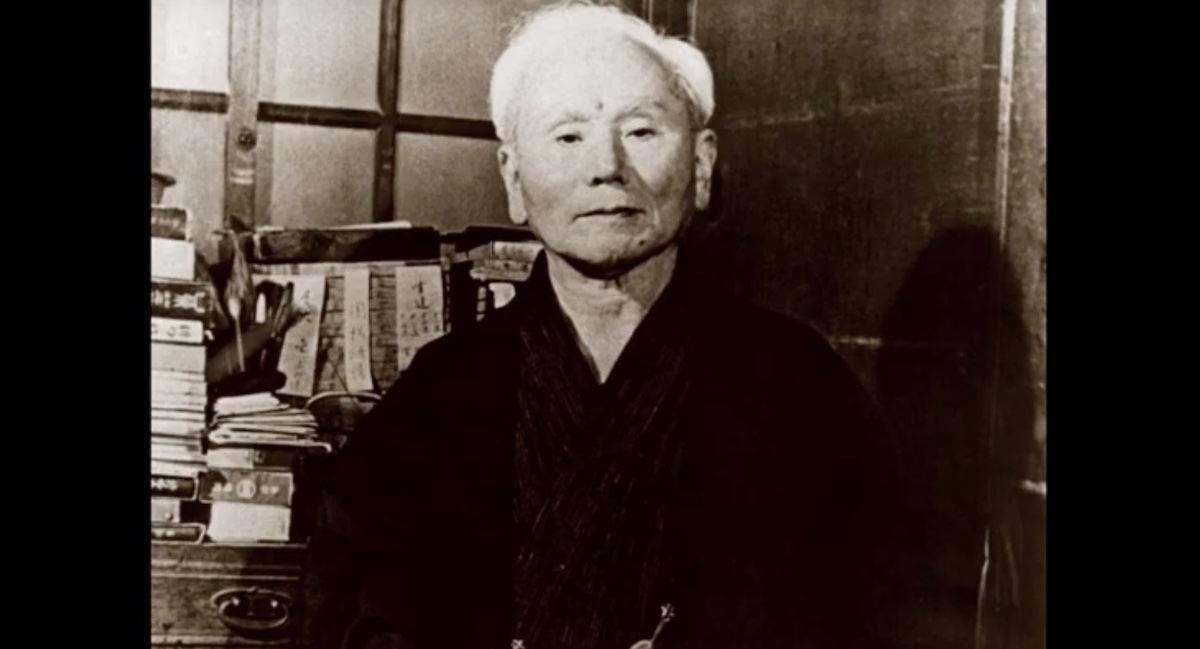 The art of Karate would not have become what it is today without the work of Gichin Funakoshi. His work in pushing Karate to the masses helped it become one of the most practiced martial arts in the world. Here is the story of the creator of Karate, Grandmaster Gichin Funakoshi. Going over how he […]
The art of Karate would not have become what it is today without the work of Gichin Funakoshi. His work in pushing Karate to the masses helped it become one of the most practiced martial arts in the world. Here is the story of the creator of Karate, Grandmaster Gichin Funakoshi. Going over how he […]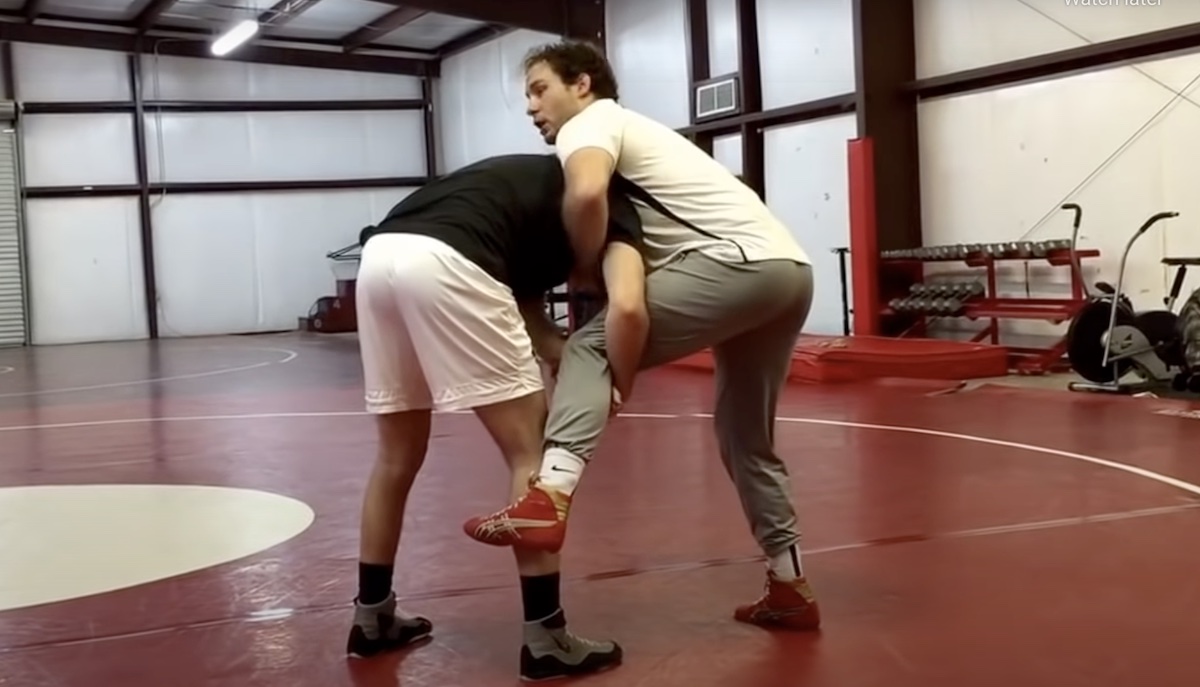 The whizzer is a wrestling move that is a fundamental technique that every young wrestler must know. It is so effective that it has been adopted within Jiu Jitsu and MMA. Here is everything you need to know about the wizard and how you can use it within BJJ and MMA. We’ll also detail how […]
The whizzer is a wrestling move that is a fundamental technique that every young wrestler must know. It is so effective that it has been adopted within Jiu Jitsu and MMA. Here is everything you need to know about the wizard and how you can use it within BJJ and MMA. We’ll also detail how […]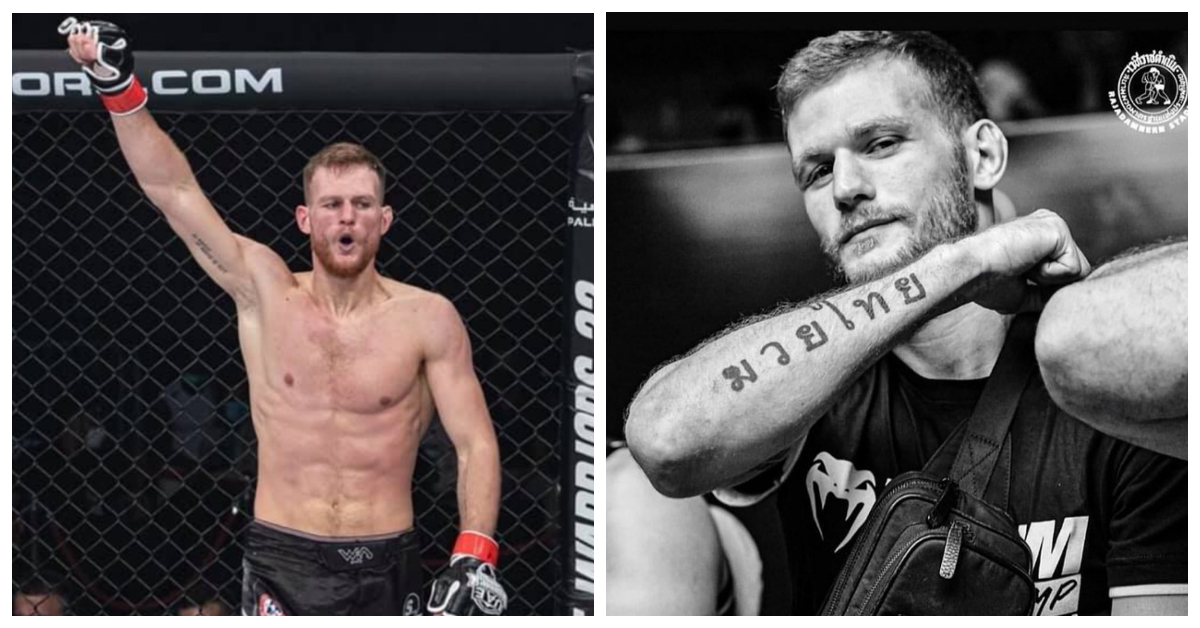 A French Muay Thai champion uploaded a photo of the Thai language tattoo only to get mocked by the audience online. French Muay Thai champion gets mocked for tattoo error The story was picked up by international media after Twitter had a field day ridiculing the French athlete, as noted by ASEAN NOW. People weighed […]
A French Muay Thai champion uploaded a photo of the Thai language tattoo only to get mocked by the audience online. French Muay Thai champion gets mocked for tattoo error The story was picked up by international media after Twitter had a field day ridiculing the French athlete, as noted by ASEAN NOW. People weighed […]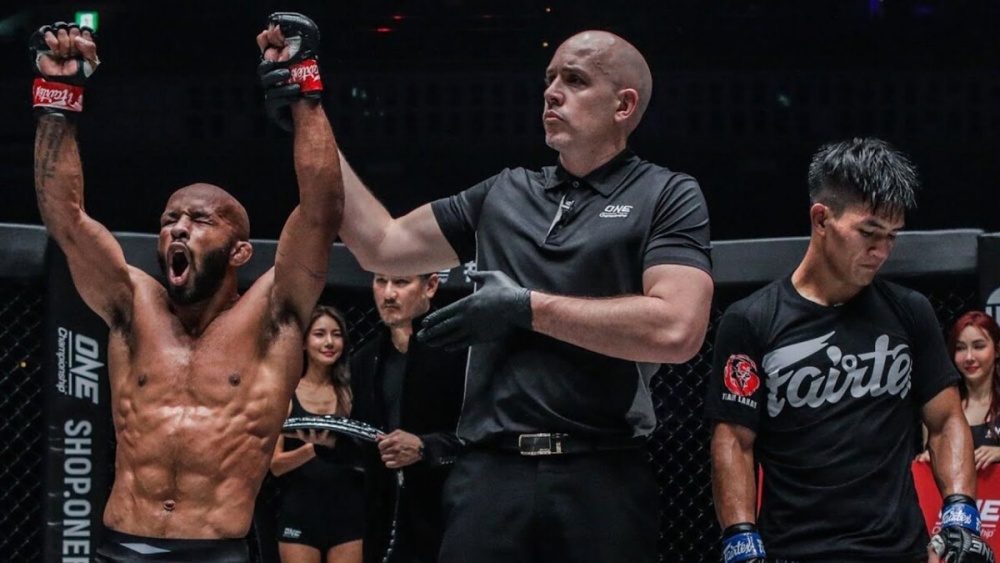 Guest post by Evolve MMA, Asia’s premier championship brand for martial arts. It has the most number of World Champions on the planet. Named as the #1 ranked martial arts organization in Asia by CNN, Yahoo! Sports, FOX Sports, Evolve MMA is the top rated MMA gym in Singapore. Mixed martial arts (MMA) has come a long way […]
Guest post by Evolve MMA, Asia’s premier championship brand for martial arts. It has the most number of World Champions on the planet. Named as the #1 ranked martial arts organization in Asia by CNN, Yahoo! Sports, FOX Sports, Evolve MMA is the top rated MMA gym in Singapore. Mixed martial arts (MMA) has come a long way […]